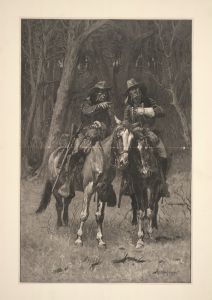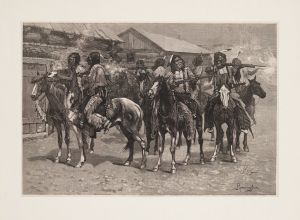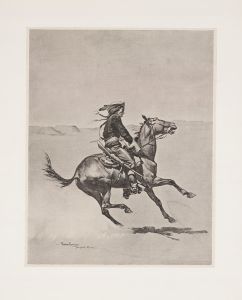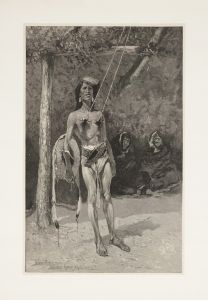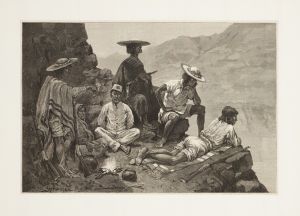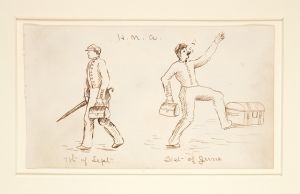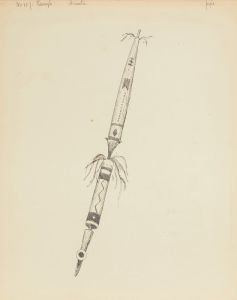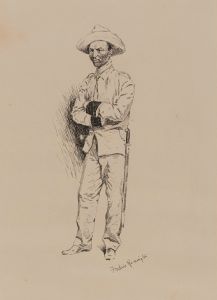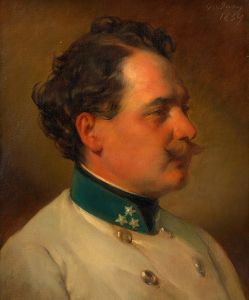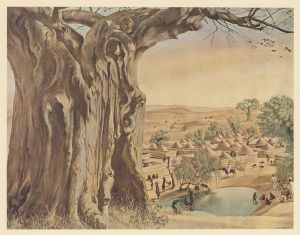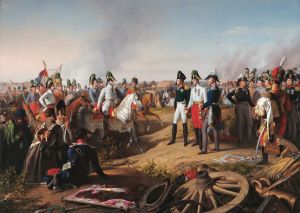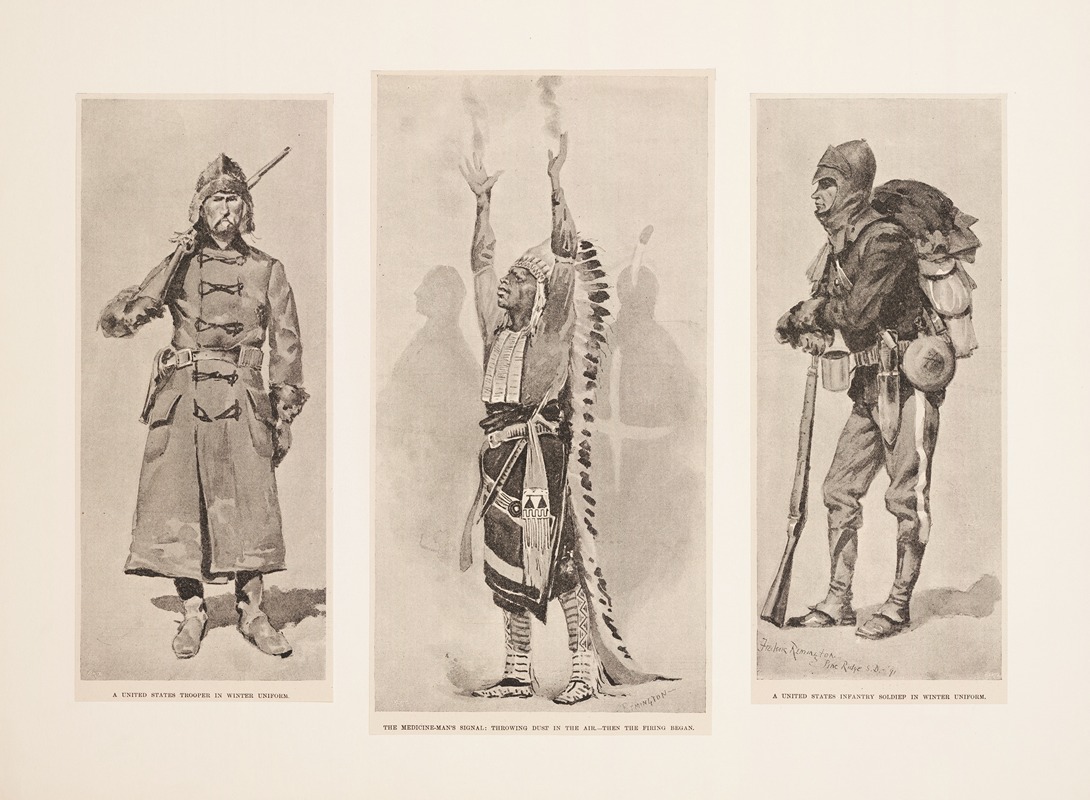
A United States trooper, The medicine-man’s signal, A United States infantry soldier
A hand-painted replica of Frederic Remington’s masterpiece A United States trooper, The medicine-man’s signal, A United States infantry soldier, meticulously crafted by professional artists to capture the true essence of the original. Each piece is created with museum-quality canvas and rare mineral pigments, carefully painted by experienced artists with delicate brushstrokes and rich, layered colors to perfectly recreate the texture of the original artwork. Unlike machine-printed reproductions, this hand-painted version brings the painting to life, infused with the artist’s emotions and skill in every stroke. Whether for personal collection or home decoration, it instantly elevates the artistic atmosphere of any space.
Frederic Remington (1861–1909) was a prominent American artist, illustrator, and sculptor known for his depictions of the American West. His works often focused on themes such as cowboys, Native Americans, soldiers, and the rugged landscapes of the frontier. Among his many creations is the painting titled A United States Trooper, The Medicine-Man’s Signal, A United States Infantry Soldier.
This artwork, like many of Remington's pieces, reflects his interest in capturing the life and experiences of individuals in the American West during the late 19th century. The painting portrays three distinct figures: a United States cavalry trooper, a Native American medicine man, and a United States infantry soldier. Each figure is depicted with attention to detail, showcasing their unique attire and roles. The trooper and infantry soldier represent the military presence in the West during this period, while the medicine man symbolizes the cultural and spiritual practices of Native American tribes.
Remington's work is often noted for its historical accuracy in depicting military uniforms and equipment, as well as its ability to convey the tension and interactions between different groups in the West. His art was informed by his travels and firsthand observations, as well as his extensive research into the subjects he portrayed. However, it is important to note that Remington's perspective was shaped by the attitudes and biases of his time, and his works often reflect a romanticized or dramatized view of the West.
The painting is an example of Remington's skill in storytelling through visual art. By juxtaposing the three figures, he highlights the complex dynamics of the American frontier, where cultures and individuals often clashed or coexisted under challenging circumstances. The work also underscores the role of the military in westward expansion and the impact of this expansion on Native American communities.
While specific details about the creation date or current location of this painting are not readily available, it remains an important part of Remington's body of work, which continues to be studied and appreciated for its artistic and historical significance. Frederic Remington's legacy as a chronicler of the American West endures, and his paintings, sculptures, and illustrations remain influential in shaping popular perceptions of this era in American history.





